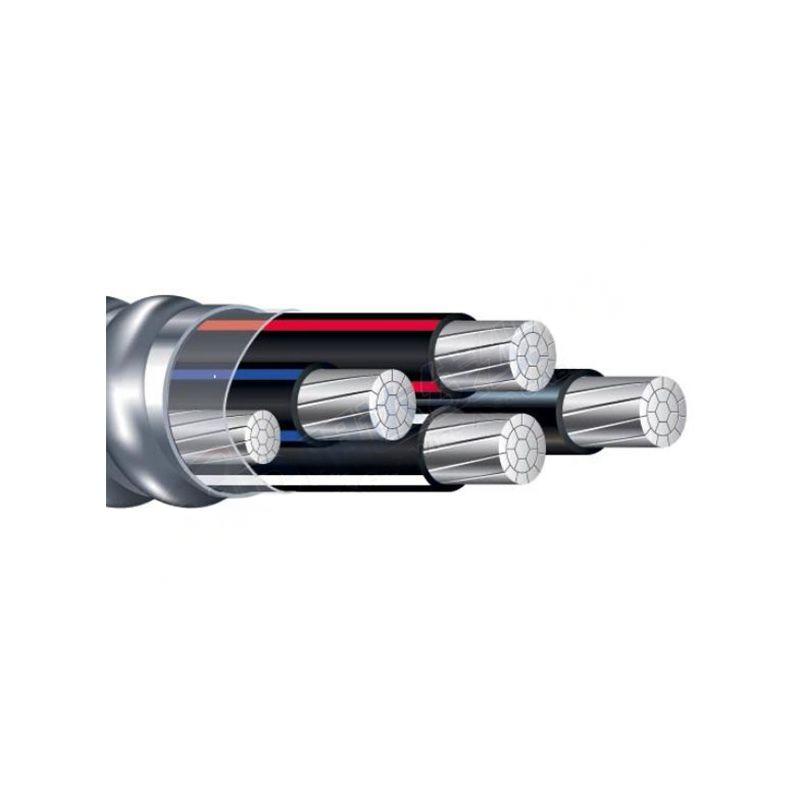Sep . 03, 2024 20:10 Back to list
ball valve
Understanding Ball Valves Key Features and Applications
Ball valves are essential components in various fluid control systems, widely used across multiple industries due to their efficiency, reliability, and durability. They are designed to regulate the flow of liquids and gases, making them a popular choice in applications ranging from oil and gas to water treatment.
A ball valve operates using a spherical disc, known as a ball, which has a hole through the center. This ball is positioned between two seats, and when the valve is turned, the ball rotates to either allow or block fluid flow. The simplicity of this design allows for quick opening and closing, typically requiring only a quarter turn to completely shut off or allow flow. This feature makes ball valves particularly advantageous in applications where rapid actuation is required.
One of the significant advantages of ball valves is their ability to provide a tight seal. When fully closed, the ball is pressed against the seats with minimal clearance, which significantly reduces the possibility of leaks. This characteristic is crucial in industries that deal with hazardous materials or high-pressure systems, where even a minor leak can lead to severe consequences.
ball valve

Ball valves are available in various materials, including stainless steel, brass, and plastic, allowing them to cater to different environmental conditions and fluid types. For instance, stainless steel ball valves are preferred for high-pressure and corrosive applications, while PVC ball valves are often used in chemical processes due to their excellent resistance to acidic substances.
In terms of design, ball valves come in different configurations, such as floating ball and trunnion-mounted types. Floating ball valves have a ball that is held in place by the pressure of the fluid, while trunnion-mounted valves include a support system that stabilizes the ball, making them suitable for larger sizes and higher pressure situations.
Moreover, the ease of maintenance of ball valves is another reason for their popularity. They usually require minimal servicing, and many designs allow for easy disassembly and replacement of parts. This reduces operational downtime and maintenance costs, proving beneficial for industries that rely on continuous operations.
In summary, ball valves represent a critical element in modern fluid control technology. Their reliable performance, efficient flow control capabilities, and adaptability across various applications make them an indispensable choice for engineers and operators seeking optimal solutions in fluid management.
Share
-
Reliable Wafer Type Butterfly Valves for Every IndustryNewsJul.25,2025
-
Reliable Flow Control Begins with the Right Ball Check ValveNewsJul.25,2025
-
Precision Flow Control Starts with Quality ValvesNewsJul.25,2025
-
Industrial Flow Control ReliabilityNewsJul.25,2025
-
Engineered for Efficiency Gate Valves That Power Industrial PerformanceNewsJul.25,2025
-
Empowering Infrastructure Through Quality ManufacturingNewsJul.25,2025